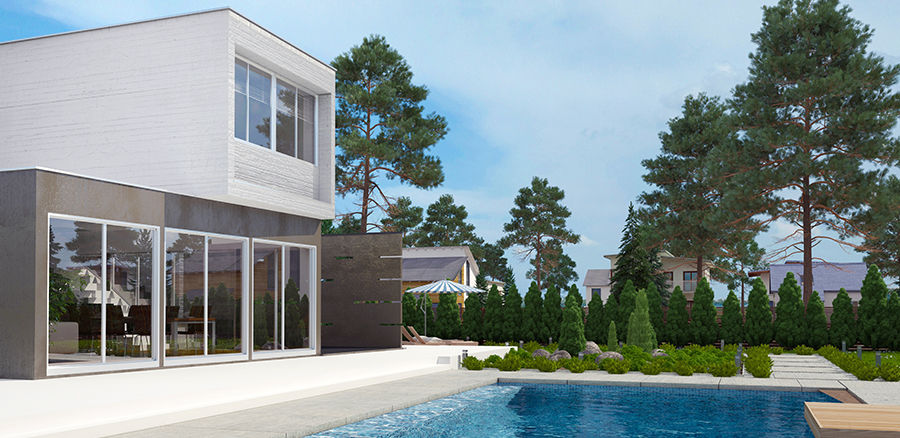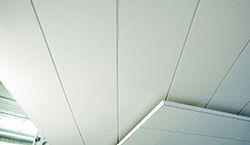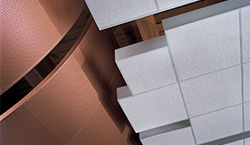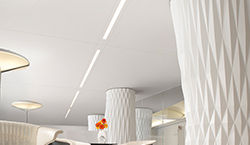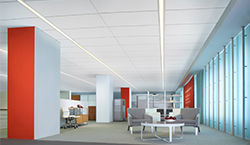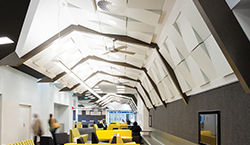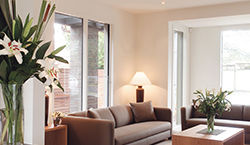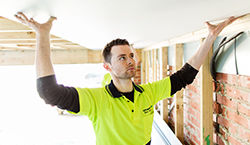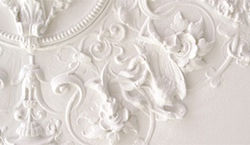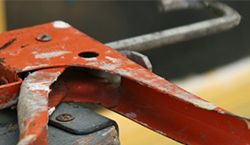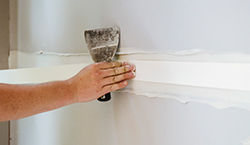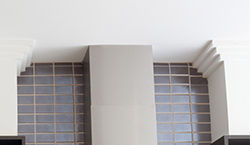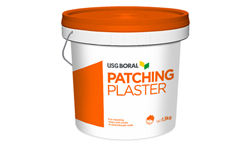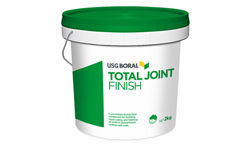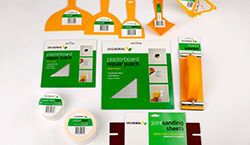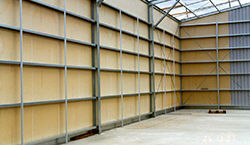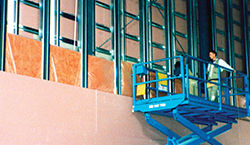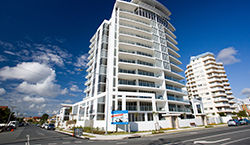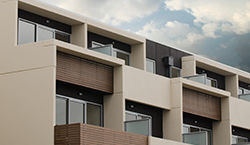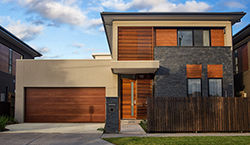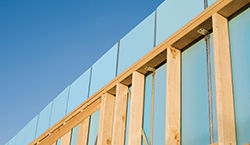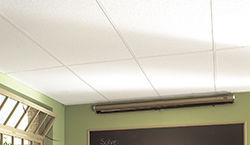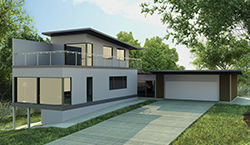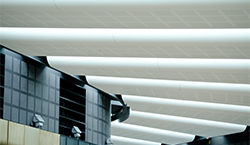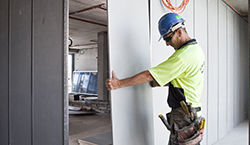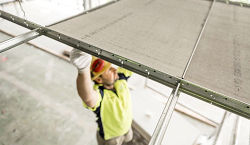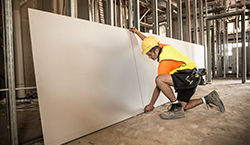-
AUSTRALIA, ENGLISH
- Contact
- Where to Buy
- Favourites
-
Looking for product documents?
Try our Document Finder
-
About Knauf
-
About Knauf
-
About Us
-
About Us
-
-
Board Of Directors
-
Board Of Directors
- Jennifer Scanlon, Chairman, USG Boral; Executive Vice President; President, International; President L&W Supply Corporation at USG
- James S. Metcalf, Chairman, President and Chief Executive Officer, USG Corporation
- Mike Kane, Chief Executive Officer and Managing Director, Boral Limited
- Al Borm, President & CEO, Boral Industries Inc
- Rosaline (Ros) Ng, Chief Financial Officer, Boral Limited
-
See All
-
-
Blog
-
Blog
- USG Boral presents ASONA at the Design Speaks Old School/New School Event
- USG Boral Partiwall® the acoustically sound and flexible partition wall system
- Architects’ perspective on USG Boral Ensemble™
- Achieving an acoustic ceiling with a monolithic look is now easy
- PERSPECTIVES: Retiring industry legend not planning to lay down his trowel
-
See All
-
- Careers
-
Contact Us
-
Contact Us
-
- Code Of Conduct
- Supplier Code of Conduct
-
-
Products
-
Products
-
Ceilings
-
Ceilings
- Acoustic Panels & Ceiling Tiles
ACOUSTIC PANELS & CEILING TILES
- Acoustic Suspension Systems
ACOUSTIC SUSPENSION SYSTEM
- Drywall Suspension Systems
DRYWALL SUSPENSION SYSTEM
- Integrated Systems
INTEGRATED SYSTEMS
- Specialty Ceilings
SPECIALTY CEILINGS
- Metal Ceilings
- Asona Acoustical Range
- ENSEMBLE™
-
-
Interior Linings
-
Interior Linings
- Standard Plasterboard
Standard Plasterboard
- SHEETROCK® Plasterboard
SHEETROCK® Plasterboard
- Technical Boards
TECHNICAL Plasterboard
- Multi-Application Boards
Multi-Application Boards
- testingMissingAltText
- testingmegamenualt2
-
-
Finishes
-
Finishes
- Jointing Compounds
Jointing Compounds
- Speciality Plasters
Specialty Plasters
- Adhesives
Adhesives
- Primers
Primers
- Sealants
Sealants
- Joint Tapes
Joint Tapes
-
-
Steel Framing
-
Steel Framing
- USG Boral Steel Stud & Track System (New Zealand)
USG Boral Steel Stud & Track System (New Zealand)
- Rondo® Metal Components
Rondo® Metal Components
-
-
Cornice
-
Cornice
- SHEETROCK® Cove
SHEETROCK® Cove
- Decorative Cornice
Decorative Cornice
-
-
Plastering DIY
-
Plastering DIY
- DIY Cornice Adhesive
DIY Cornice Adhesive
- DIY Patching Plaster
DIY Patching Plaster
- Total Joint Finish
Total Joint Finish
- Stud Adhesive
Stud Adhesive
- Tools & Accessories
Tools & Accessories
-
-
Insulation
-
Insulation
-
-
Industrial Plaster
-
Industrial Plaster
-
-
-
Solutions
-
Solutions
-
Plasterboard Systems
-
Plasterboard Systems
- Systems+
Systems+
- CinemaZone® System
CinemaZone®
- Fireclad® System
Fireclad® Fire-rated External Wall System
- Firewall® System
Firewall® System
- IntRwall® System
IntRwall® System
- Multiframe™ System
Multiframe™ System
- NeighbourZone™ System
NeighbourZone™ System
- OutRwall® System
OutRwall® System
- Partiwall® System
Partiwall® Separating Wall System
- Quiet Living™ System
Quiet Living™ System
-
-
Segment Solutions
-
Segment Solutions
- Health Care
Health Care
- Education
Education
- Bushfire Protection
Bushfire Protection
- Multi-Residential
Multi-Residential
-
-
Science
-
Science
- Acoustics
Acoustics
- Fire Performance
Fire Performance
- Seismic
Seismic
-
-
-
Inspiration
-
Inspiration
-
For Architects / Designers
-
For Architects / Designers
-
USG Boral for Architects / Designers
We believe we can change the way buildings are designed, built and occupied by delivering innovations that help you work smarter, do more and build better.
Plasterboard Installation Manual
See All
-
-
For Builders / Installers
-
For Builders / Installers
-
USG Boral for Builders / Installers
Proudly Supporting those who Build, every step of the way.
Plasterboard Installation Manual
See All
-
-
For Homeowners
-
For Homeowners
-
USG Boral for Homeowners
Our plastering products, tools & accessories are designed for the home renovator/builder making minor alterations or repairs to plasterboard walls & ceilings.
Plasterboard Installation Manual
See All
-
-
For Resellers / Distributors
-
For Resellers / Distributors
-
USG Boral for Resellers & Distributors
Our aim is to provide you solutions and make opportunities to scale your business efficiently.
Plasterboard Installation Manual
See All
-
-
-
Resources & Tools
-
Resources & Tools
- CAD Finder
- Lighting and Decoration Microsite
- Lighting & Decoration Guide
- Specialty Ceilings Design Studio
- Boral Design Lab
- Plasterboard Installation Manual
- Partiwall Estimator
-
BIMWIZARD
-
BIMWIZARD
- BIMWIZARD®
- NEW FEATURES
-
See All
-
- eSelector
-
TecASSIST
-
TecASSIST™ - USG Boral
-
-
Acoustic Ceilings e-Estimator
-
Acoustic Ceilings e-Estimator
-
-
-
What's New
-
What's New
-
News And Promotions
-
News & Promotions – USG Boral
- Holiday Trading Hours 2019/2020
- USG Boral a proud sponsor of Hoot Homes and Kylie & Jackie O’s Set You Up for Life home giveaway!
- USG Boral air-drying compounds help you avoid risk of early dry-out in hot windy dry conditions
- Labrador Trade Store Closing Down
- Competition: Your chance to win a DeWALT 5-Piece Combo Kit with WETSTOP™
-
See All
-
-
Press
-
USG Boral Press Coverage
- USG Boral Australia and New Zealand proposed to become 100% Boral-owned
- USG Boral wins Good Design Awards for design and innovation
- USG Boral advocates for healthier work sites in building and construction
- USG Boral continues to support the Royal Children's Hospital Good Friday Appeal
- BORAL AND USG BORAL SUPPORT INDIGENOUS YOUTH PROGRAM
-
See All
-
-
AUSTRALIA, ENGLISH
- Contact
- Where to Buy
- Favourites
- My Downloads
-
User Profile
User Profile
- Manage Profile
- Logout
-
Looking for product documents?
Try our Document Finder
xui3RRd85PW+7EkqtHyQYghttp://myaccount-stg.knaufapac.com -

TOP TIPS FOR LIGHTING & DECORATING PLASTERBOARD
- Who is USG Boral?
- Blog
- Top Tips For Lighting
Anyone who’s decorated a room will remember that little patch of poorly sanded window frame – or just the brush-hair embedded in the paint for all eternity. No one else would ever notice such a minute flaw but, to the decorator themselves, it can feel like a massive splotch!
We all want everything to be as near to perfect as possible, which makes it very disappointing when a major feature such as a wall or ceiling has an imperfect appearance.
The fact is, achieving a flat, blemish-free surface on a plasterboard wall or ceiling is impossible – and the best you can expect is the appearance of flatness. The chances are, if you’re unhappy with the appearance of properly installed plasterboard, the cause could be unfavourable lighting or decoration.
FIRST, GET THE BASICS RIGHT
Of course, there are some requirements of the plasterboard installation process itself to minimise flaws and unevenness. Accurate installation of wall and ceiling framing and roof trusses is essential. Using ceiling battens is also important to achieve a level finish. This means that if you’re renovating an older home where movement has taken place over time, you cannot expect the precision of a newly-built home.
The way you joint and finish wall and ceiling boards is also critical to their appearance – years down the track as well as immediately after painting. To help with all aspects of working with plasterboard– preparation, installation, finishing and repairing – we’ve developed a series of how-to videos and infosheets.
Finally, if you’re planning to use a glossy or sheen paint, you’d be advised to consult a professional plasterer or specialist trade store. These paints can highlight minor flaws, so it’s best to use non-standard finishing compounds and methods (Level 5 finish).
THREE LIGHTING CHALLENGES
The orientation of your home and factors outside it can impact on the appearance of internal walls and ceilings. The angle of the sun at different times of the day and year, reflected light from other buildings, glare from reflective surfaces such as pools and water features – all should be taken into consideration when decorating your room and may dictate the need for sunshades, blinds or curtains.
A second kind of light which can seem to magnify surface irregularities and spoil the look of even the highest quality finish is glancing light. Because it comes from an angle, it casts minute shadows which emphasise minor flaws that would otherwise appear flat. Glancing light can be caused by inappropriate light fittings or angles, such as ill-adjusted spots, as well as single light sources fixed to a ceiling or wall. Glancing light can also reflect upwards from external pool water or reflective surfaces outside to deliver a similar effect.
A third challenge is the type and style of light fittings. Bare bulbs cast harsh light, highlighting surface variations. On the other hand, recessed lighting and opaque shades avoid shadows and glancing light – illuminating the room rather than the ceiling. You should think carefully about your choice and placement of lighting fixtures.
NOW THERE’S HELP
In order to illustrate the different lighting challenges above, and discuss other causes of dissatisfaction with the appearance of plasterboard walls and ceilings and ways to mitigate them, we’ve published a guidebook. Now updated and reissued, the Lighting & Decorating Plasterboard Design & Application Guide offers valuable advice on what you need to consider before you start a renovation project that involves the installation of new plasterboard walls or ceilings.
If you’d like a copy of the Lighting & Decorating Plasterboard Design & Application Guide, click here or visit your local
USG Boral trade store. Click to find a store near you.
